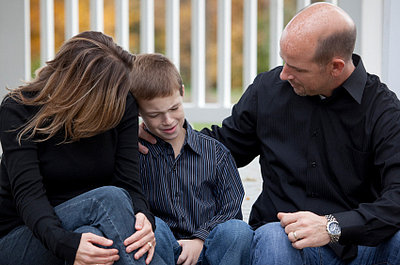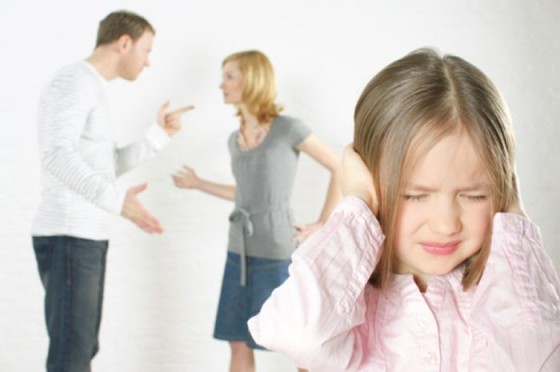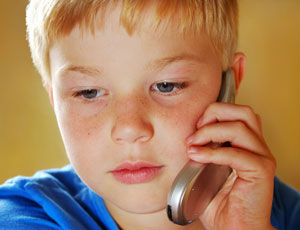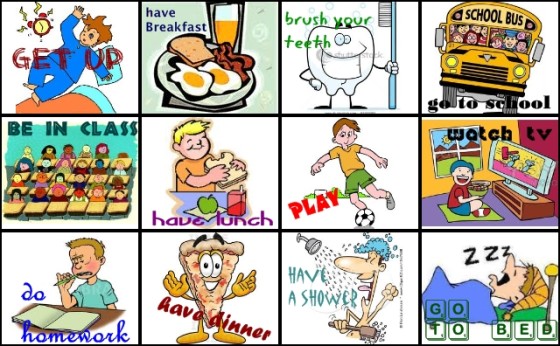Dealing With Divorce

Helping the Kids get Through It
Going through a divorce can be traumatic, and you’ll have lots of things to worry about like finding a new home, adjusting to a different household budget and dealing with all the emotional hurt that can be involved, even if it was an amicable parting.
But one of the hardest parts of getting divorced is making sure the kids are OK, even when you’re not.
Breaking the News
Telling the children about your decision will be one of the hardest parts of your journey. Here are some things to bear in mind:
- Be honest and clear about why you’re getting divorced, but don’t go into the gory details.
- Never let the conversation descend into a mudslinging match between you and your partner, however much you want to blame them. Try to put on a united front.
- Reassure them you both love them and they are in no way to blame. You may think this is obvious, but children do need to hear the words and often.
- Give them lots of information about the practicalities of how their life might change. Reassure them, but be honest about the difficulties ahead. They’ll probably have a ton of questions about where they’ll live and when they’ll see you, so be prepared with answers.
Let their School Know
Your child may be a bit more distracted than usual in school, so let their teacher know what’s happening at home so they can look out for them and be there to listen if your child wants to talk.
Do they Need Therapy?
It’s important for children to come to terms with and express their feelings, but they may not always be able to do that with you. And the spectrum of their emotions (they could feel angry, afraid, betrayed, confused and even guilty) might be too much for you to help them with, in which case, therapy might help.
But therapy won’t be the right thing for every child, so don’t force them into doing it if they really don’t want to. Instead of a one-on-one with another adult, you could arrange for them to go to an after-school club with other children going through the same thing. And some parents find having a family pet can give their children a great deal of comfort if they’re finding it hard to speak to anybody.
If your kids are very young or you find it difficult to find the right words yourself, there are lots of children’s books which are great for helping kids through a divorce. Try leaving out books like Two Homes for Tyler by Pamela Kennedy, It’s Not Your Fault, Koka Bear by Vicki Lansky or I Don’t Want to Talk About It by Jeanie Franz Ransom.
Be Patient
Children don’t always react in the way you expect or want them to. Many can regress, becoming clingy or going back to needing a dummy (pacifier). Others become very quiet or uncooperative, which can be frustrating.
Some, especially older children and teenagers, become angry, cheeky and may start acting out at school. They may be a nightmare to live with, but be thankful they’re at least expressing their anger rather than bottling it up. Just try to channel it into the right place by encouraging them to take up a sport like kickboxing or running and keep an eye on them to make sure their behaviour doesn’t get out of hand.
If the Divorce is Nasty
In an ideal world, you and your partner will part amicably, be united in your love for your children and committed to working together to bring them up without bad-mouthing each other.
The reality is that there’s often a lot of bitterness involved, especially if cheating played a part in the divorce. If you’re fighting over living arrangements and finances, try to mediate things through your family solicitor rather than having a brawl in front of the kids.
Children are very intuitive and can pick up on your dislike for each other and will feel like they have to take sides — a terrible situation to be put in. Try not to be negative about your partner and don’t disagree in front of the kids if you can avoid it.
Staying in Touch
It’s so important for a child to feel loved and that they’re not being abandoned, especially if only one of you has custody. You may not want to see your partner again, but your child will. Encourage your partner to visit as much as possible and keep in touch through video calls, phone and online wherever possible. If you can stomach it, you can even arrange for a regular family meal together.
Routine
All your lives will be changed, by minimize the disruption during the upheaval process by keeping as many constants in their lives as possible. If they always had football practice on a Tuesday night or you always used to watch Peppa Pig together on a Saturday morning, try to keep up the routine. Much like you, they’ll be craving stability and structure after so much change.
How are you helping your child through your divorce? What’s been the hardest thing for you?
Louise Reader is a writer who covers personal, family and relationship issues.










I truly wanted to develop a brief word to be able to appreciate you for all of the stunning recommendations you are giving on this site. My time-consuming internet search has now been recognized with beneficial facts to exchange with my pals. I ‘d express that many of us visitors actually are undoubtedly lucky to exist in a remarkable site with so many wonderful individuals with very beneficial advice. I feel truly fortunate to have discovered your webpages and look forward to so many more cool times reading here. Thanks a lot once again for everything.
Every divorce will affect the kids involved — and many times the initial reaction is one of shock, sadness, frustration, anger and worry. The most important things that both parents can do to help kids through this difficult time are to keep visible conflicts, heated discussions, and legal talks away from the kids.
Thank you for sharing your sound advice – children’s should not become victims of collateral damage from conflict between a husband and wife.
Gerardo